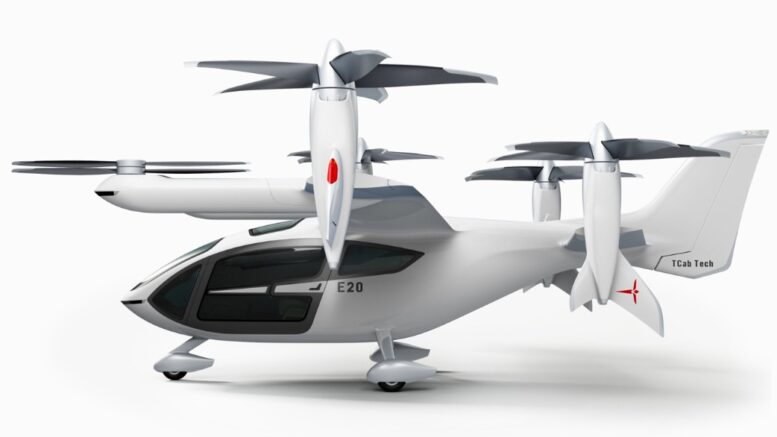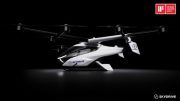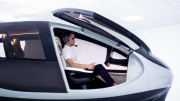AeroMorning November 7, 2025
The emerging eVTOL (electric vertical take-off and landing) sector is rapidly reshaping urban and regional air mobility. Two aircraft currently attracting attention are Joby Aviation’s S4, a U.S.-based pioneer, and TCab Tech’s E20, a rising Chinese contender. Both aim to deliver safe, efficient, and sustainable air transport, but they highlight different approaches, markets, and strategic opportunities.
1. Country of Origin and Market Focus
- Joby Aviation (USA): A Californian company, Joby is at the forefront of FAA certification and targets commercial urban air taxi operations in the United States and the Middle East (Dubai). Its ecosystem includes partnerships with Toyota and plans for vertiports and operational infrastructure.
- TCab Tech (China): Based in China, TCab is rapidly advancing its E20 tilt-rotor eVTOL, aiming at domestic and regional markets in Asia and the Middle East. TCab illustrates China’s accelerating capabilities in advanced aeronautics and signals a serious move into commercial eVTOL production.
2. Technical Comparison
| Feature | Joby S4 | TCab E20 |
| Seats | 1 pilot + 4 passengers | 1 pilot + 4 passengers |
| Cruise Speed | ~322 km/h | ~260 km/h |
| Max Speed | ~322 km/h | ~320 km/h |
| Range | ~241 km | ~200 km |
| Propulsion | 6 electric tilt-props | Tilt-rotor electric configuration |
| Charging | Standard EV architecture | 800V ultra-fast charging |
| Certification Status | FAA, near completion | CAAC (China), in progress |
| Market Target | US urban air mobility, Dubai | China, Asia, Middle East |
| Operational Infrastructure | Planned, advanced | In development |
3. Market Potential and Strategic Implications
The E20 demonstrates that China is rapidly catching up in advanced aeronautics. With pre-orders (e.g., 350 units by Autocraft in the UAE) and strong domestic backing, the E20 could surprise international observers by establishing a significant regional market presence. Its tilt-rotor design and high-speed capability make it competitive for both urban and short-regional hops, while rapid charging promises operational efficiency.
Joby, by contrast, remains the front-runner in near-term commercial operations, with the advantage of established certification processes and operational readiness. The S4 is optimized for urban air taxi networks, quieter operation, and early market penetration, particularly in regulated Western markets.
4. Key Takeaways
- China’s eVTOL Progress: TCab E20 reflects China’s growing sophistication in aeronautical engineering and its ambition to become a serious competitor in the global eVTOL industry.
- Competitive Landscape: Joby leads in certification and readiness, but TCab’s innovation, tilt-rotor efficiency, and rapid market adoption could reshape regional dynamics.
- Future Outlook: Both aircraft show that the eVTOL industry is becoming truly global, with multiple nations competing not only technologically but commercially.
Conclusion:
While Joby S4 continues to dominate in the West with certification and early market advantages, the TCab E20 is a rising star. Its performance, tilt-rotor design, and strategic positioning indicate that China is making serious strides in the advanced air mobility market, and international observers should expect TCab to become a strong player in the coming years.









Be the first to comment on "Joby S4 vs TCab E20: A Glimpse into the Future of eVTOL and Global Competition"